12 Free Abstract thinking transparent PNG images
Welcome to our 'Abstract Thinking' image collection, featuring 12 free AI-generated images. Explore a diverse array of stock photos, 3D objects, vectors, and illustrations that capture the essence of abstract concepts and ideas. Enjoy high-resolution downloads and use our 'open in editor' feature to customize prompts and regenerate your desired image.
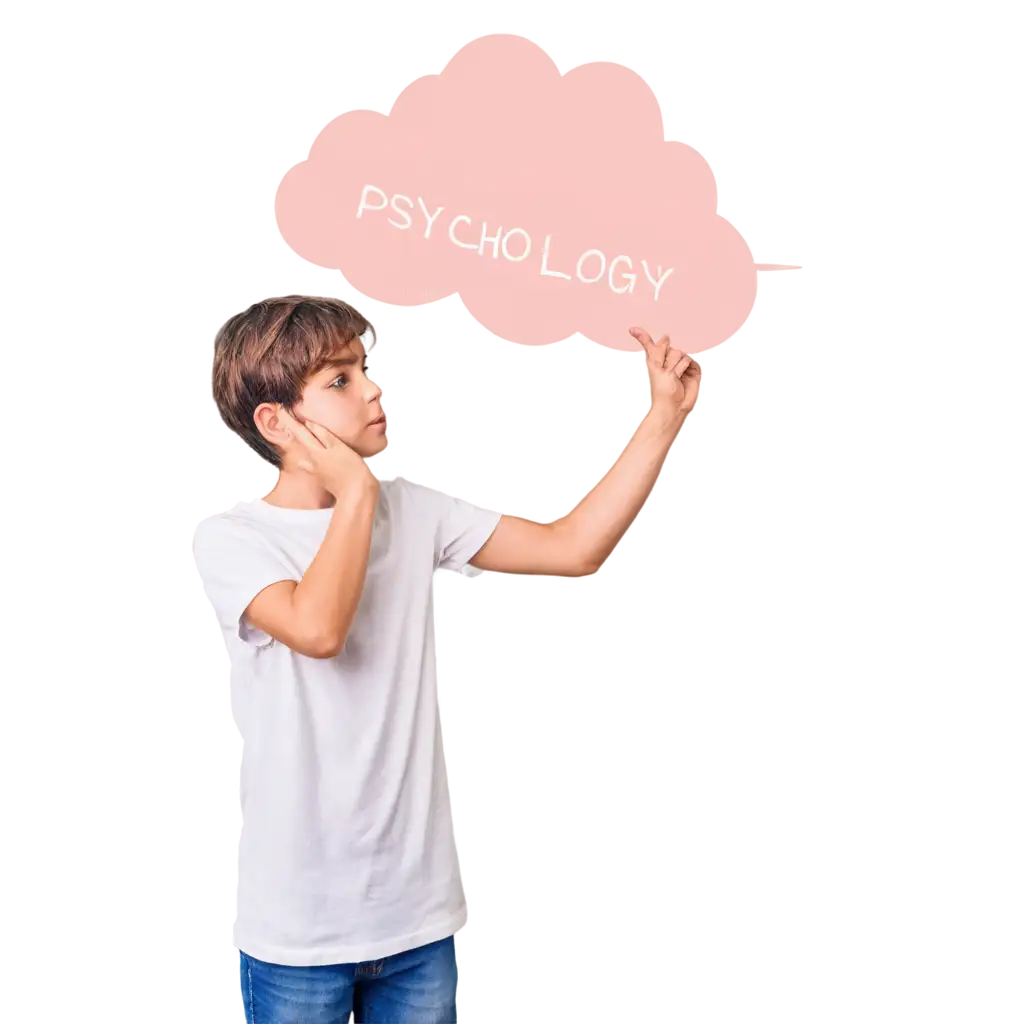






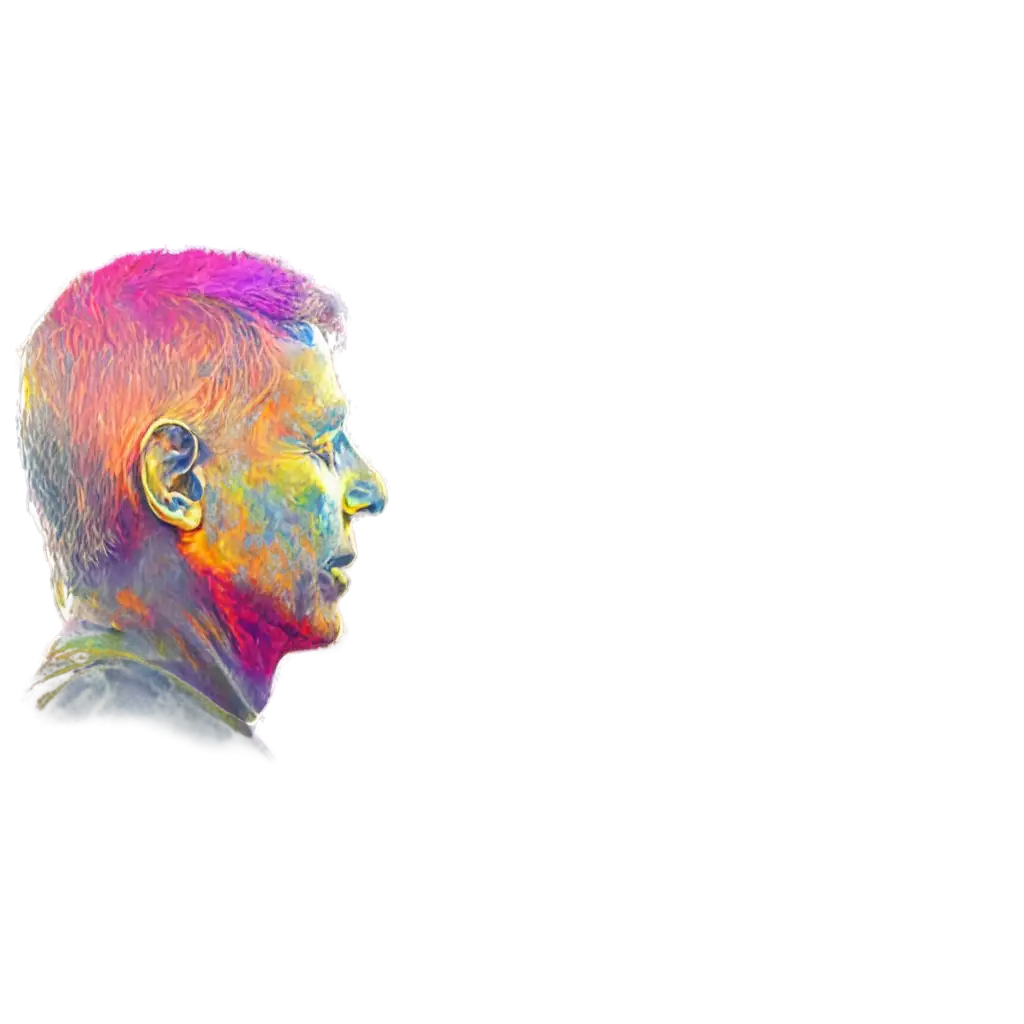
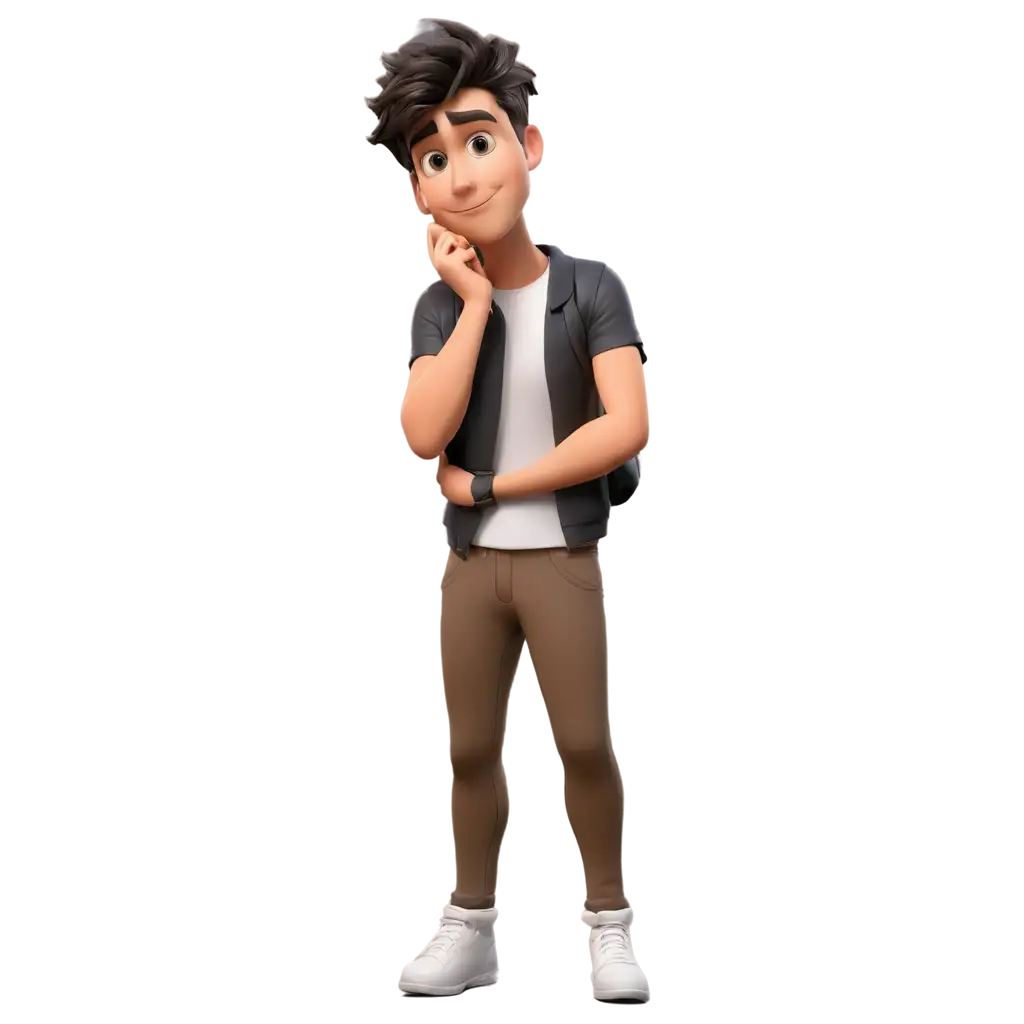
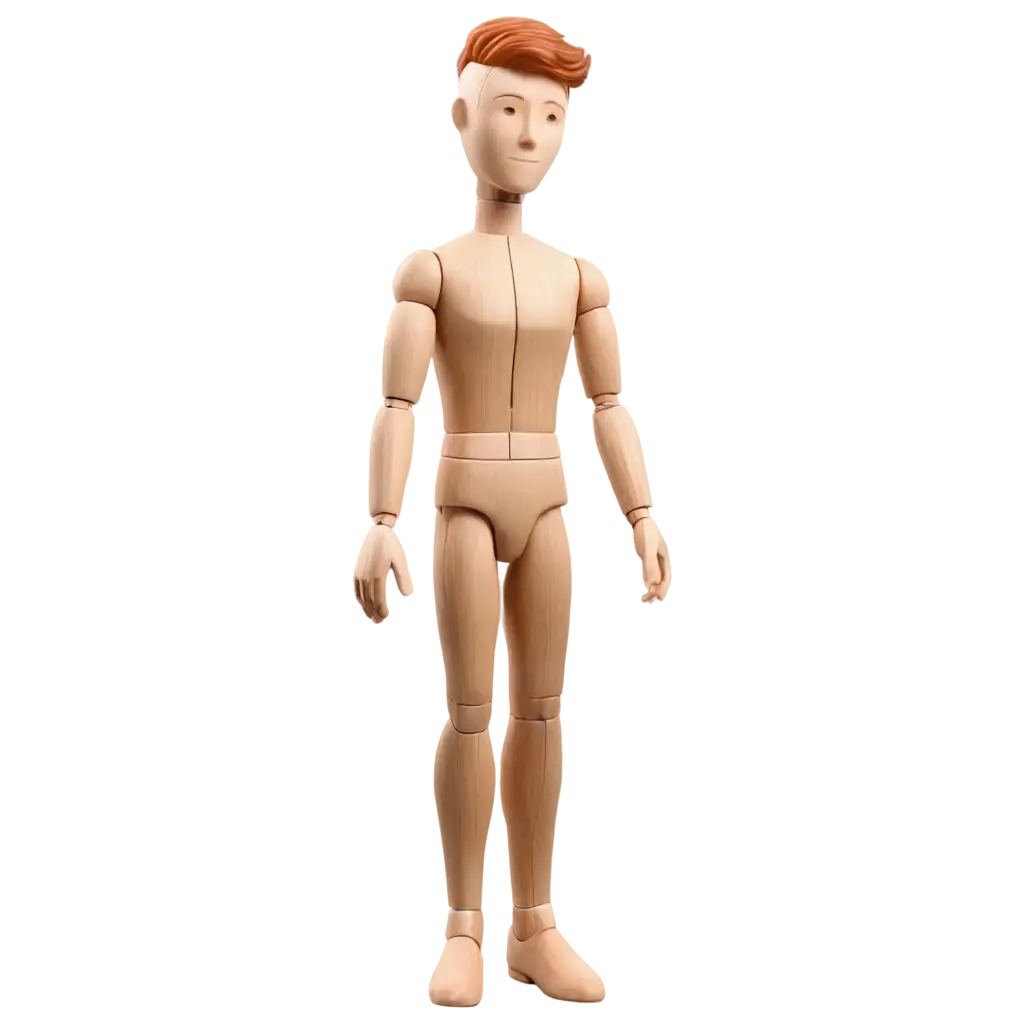
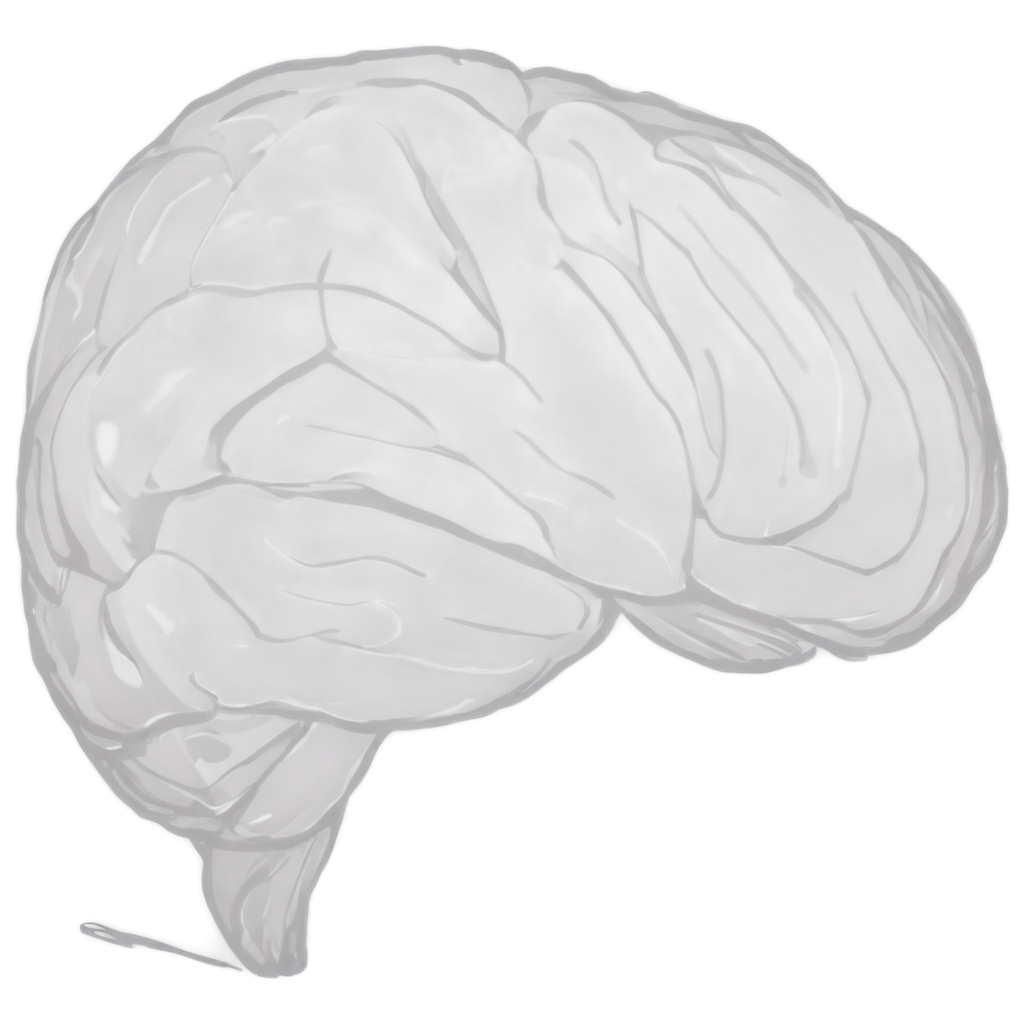

Related Tags
Abstract Thinking is the ability to consider ideas, concepts, and relationships beyond the physical or tangible. It involves the mental processes of visualizing, analyzing, and interpreting information in a non-literal way. This type of thinking allows for the exploration of complex, intangible subjects, such as emotions, philosophical ideas, and scientific theories. The AI-generated images in this collection aim to visually represent these abstract notions, inviting viewers to engage with the imagery in a thought-provoking and imaginative manner.
The Essence of Abstract Thinking
Abstract Thinking imagery is often characterized by the use of geometric shapes, patterns, textures, and colors to convey a sense of depth, movement, and emotion. These visuals can evoke feelings, suggest narratives, or represent abstract concepts without relying on literal depictions. Such imagery finds applications in a wide range of fields, from art and graphic design to marketing and scientific visualization. By leveraging the power of AI-generated content, creators can explore and express abstract ideas with greater flexibility and imagination.
Characteristics and Applications of Abstract Thinking Imagery
The roots of Abstract Thinking imagery can be traced back to influential artistic movements such as Cubism, Expressionism, and Surrealism. Pioneering artists like Pablo Picasso, Wassily Kandinsky, and Joan Miró paved the way for the exploration of non-representational forms and the use of abstraction to convey deeper meaning. Contemporary digital artists and AI researchers have further built upon these foundations, utilizing emerging technologies to push the boundaries of abstract visual expression. The images in this collection showcase the diverse and innovative approaches that have emerged within the realm of Abstract Thinking.
Notable Artists and Movements Influencing Abstract Thinking Imagery
Abstract Thinking imagery can have a profound impact on the cognitive and emotional experiences of viewers. By eschewing literal representations, these visuals challenge the mind to make connections, interpret meanings, and engage in deeper contemplation. The ambiguity and open-endedness of abstract imagery can evoke a range of emotional responses, from wonder and introspection to a sense of unease or discomfort. This capacity to elicit introspective and emotional reactions is what makes Abstract Thinking imagery a powerful tool for artistic expression, personal reflection, and even therapeutic applications.
The Cognitive and Emotional Impact of Abstract Thinking Imagery